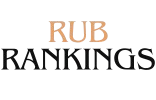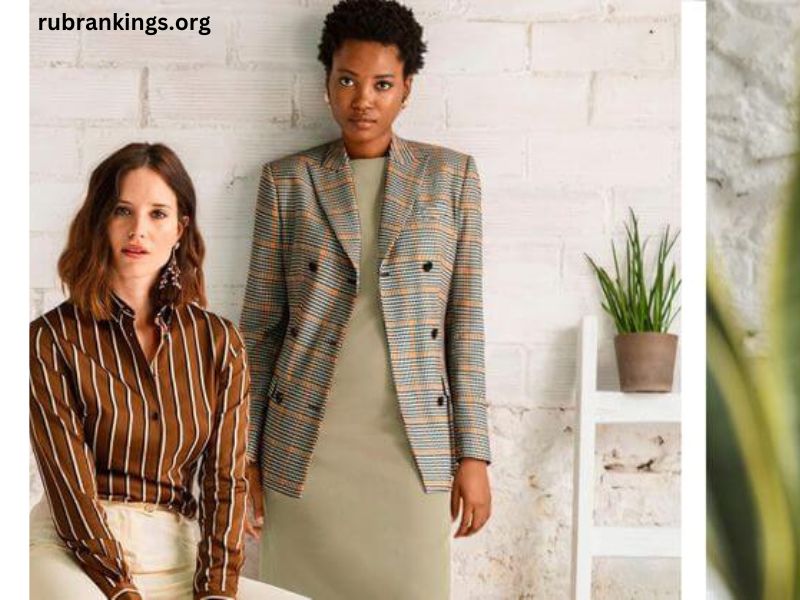In today’s evolving work environment, the concept of “business casual” has become a staple dress code for many professional settings. But what does “business casual” truly mean, particularly for women? Understanding this dress code is essential for navigating the modern workplace with confidence and style. This guide will delve into what constitutes business casual for women, offering practical advice on how to achieve a polished yet comfortable look.
Defining Business Casual
Business casual is a dress code that sits between formal business attire and casual wear. It is designed to create a professional appearance while allowing for a degree of personal style and comfort. The term itself can vary slightly depending on the company and industry, but it generally aims for a neat, polished, and professional look without the formality of traditional business attire.
Key Elements of Business Casual for Women
- Tops
- Blouses and Shirts: Opt for well-fitted blouses and button-down shirts in solid colors or subtle patterns. Fabrics like cotton, silk, or a blend that holds its shape are ideal. Avoid overly casual tops such as T-shirts or tank tops.
- Sweaters and Cardigans: These can add a layer of professionalism and warmth, especially in cooler office environments. Choose styles that are tailored and avoid anything too chunky or casual.
- Blazers and Jackets: A blazer can elevate a business casual outfit. It doesn’t have to be as formal as a traditional suit jacket but should still be structured. Consider options in neutral colors or subtle patterns that can be easily paired with different outfits.
- Bottoms
- Dress Pants: Tailored dress pants are a cornerstone of business casual. Opt for classic cuts and neutral colors. Fabrics like wool, polyester blends, and even high-quality cotton work well.
- Skirts: A-line, pencil, or knee-length skirts are appropriate. Ensure the length is suitable for a professional environment—generally, skirts should fall just above or below the knee.
- Dresses: Simple, knee-length dresses or those with a modest hemline are suitable. Avoid overly short or form-fitting styles. Dresses with a structured silhouette and subtle prints or colors work best.
- Footwear
- Flats and Loafers: Comfortable and professional, these are great options for a business casual wardrobe. Look for leather or high-quality synthetic materials.
- Low to Mid-Heeled Shoes: Closed-toe pumps or boots with a modest heel can add a touch of formality without sacrificing comfort. Aim for a heel height that is practical for daily wear.
- Avoid: Casual sandals, sneakers, or overly trendy footwear. They can undermine the professionalism of the business casual look.
- Accessories
- Jewelry: Keep accessories simple and understated. Classic pieces like diamond stud earrings, delicate necklaces, and modest bracelets work well. Avoid large, flashy jewelry that might be distracting.
- Belts: A belt can be a useful accessory for defining your waist and adding a polished touch. Choose styles that are simple and in neutral colors.
- Bags: Opt for structured, professional-looking bags. Tote bags or briefcases in high-quality materials are ideal. Avoid overly casual backpacks or large, bulky purses.
- Outerwear
- Coats and Jackets: Depending on the weather, you might need outerwear to complement your business casual outfit. Choose tailored, classic styles that coordinate with your work attire.
Building a Business Casual Wardrobe
Creating a versatile business casual wardrobe involves selecting pieces that can be mixed and matched to suit various professional settings. Here are some tips for building a cohesive collection:
- Invest in Staples: Start with essential pieces like tailored trousers, blouses, and blazers. These form the backbone of a business casual wardrobe and can be combined in various ways to create different looks.
- Focus on Fit: Well-fitting clothes are crucial for a polished appearance. Avoid garments that are too tight or too loose. Tailoring can be a great option for achieving the perfect fit.
- Embrace Neutrals: Neutral colors like black, navy, gray, and beige are versatile and professional. They also make it easier to mix and match pieces.
- Incorporate Patterns and Colors: While neutrals are foundational, don’t shy away from incorporating subtle patterns or colors. They can add interest and personality to your outfits without being overwhelming.
- Consider Fabric Choices: Choose fabrics that are comfortable yet look polished. Wrinkle-resistant materials can be particularly useful for maintaining a neat appearance throughout the day.
Adapting to Company Culture
Business casual can look different depending on the company’s culture and industry. It’s important to observe and adapt to these nuances:
- Corporate Settings: In more conservative industries like finance or law, business casual may lean towards more formal interpretations. Stick with classic pieces and avoid anything too trendy.
- Creative Industries: In creative fields, there might be more room for personal expression. You can experiment with colors, patterns, and styles while maintaining a professional appearance.
- Tech and Startups: In tech and startup environments, business casual might be more relaxed. However, it’s still important to avoid overly casual attire like ripped jeans or graphic tees.
Common Mistakes to Avoid
- Overly Casual Pieces: Avoid clothing that is too casual, such as yoga pants, graphic T-shirts, or flip-flops. Even in a relaxed business casual environment, maintaining a professional appearance is key.
- Excessive Trends: While it’s fine to incorporate some trendy elements, avoid overdoing it. Business casual should prioritize a timeless, professional look.
- Inappropriate Fit: Clothes that are too tight or too loose can detract from a professional appearance. Ensure that all garments fit well and are comfortable.
- Neglecting Grooming: Professional grooming is essential. Make sure hair is neat, nails are clean, and overall hygiene is maintained.
Conclusion
Understanding and mastering business casual for women involves balancing professionalism with personal comfort and style. By focusing on well-fitting, classic pieces and adapting to your specific work environment, you can create a business casual wardrobe that helps you feel confident and look polished. Remember, the goal is to maintain a professional appearance while allowing for individuality and comfort. As dress codes continue to evolve, staying informed and adaptable will ensure that you always present yourself in the best possible light.



